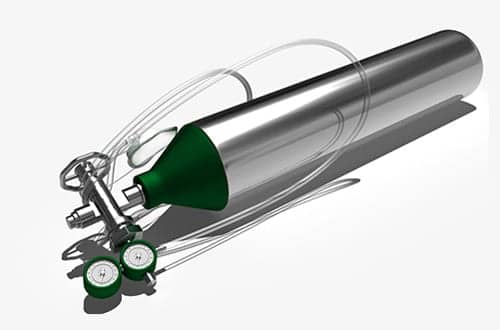According to a case study published by JAMA Internal Medicine and reported by Medpage Today, routinely prescribing supplemental oxygen to patients with chest pain may have negative effects for some patients.
As documented in JAMA, a man in his 60s with hypertension, dyslipidemia, and coronary artery disease presented with intractable retrosternal chest pain. Despite the fact that his vital signs were normal and his Sp02 on room air was >95%, paramedics provided supplemental oxygen, which continued after transfer to the ED.
According to the study, a transthoracic ECG performed 24 hours after presentation revealed a left ventricular ejection fraction of 30% to 35%. Cardiac catheterization was performed with two drug-eluting stents placed in the left anterior descending artery. Oxygen was stopped two days later. “His postprocedure course was complicated by recurrent episodes of nonsustained ventricular tachycardia and atrial fibrillation requiring an amiodarone infusion,” according to the study.
As reported in Medpage Today:
“For our patient, it is possible that some of his episodes of nonsustained ventricular tachycardia and atrial fibrillation were, in part, related to the unnecessary oxygen that he received,” according to Maxime Cormier, MD, and Todd C. Lee, MD, MPH, both of McGill University Heath Centre in Montreal, Canada, who shared the case in JAMA Internal Medicine.
“[T]he common practice of keeping oxygen ‘for comfort’ in nonhypoxic patients is questionable,” they wrote, suggesting that supplemental oxygen in some cases is “too much of a good thing.”









